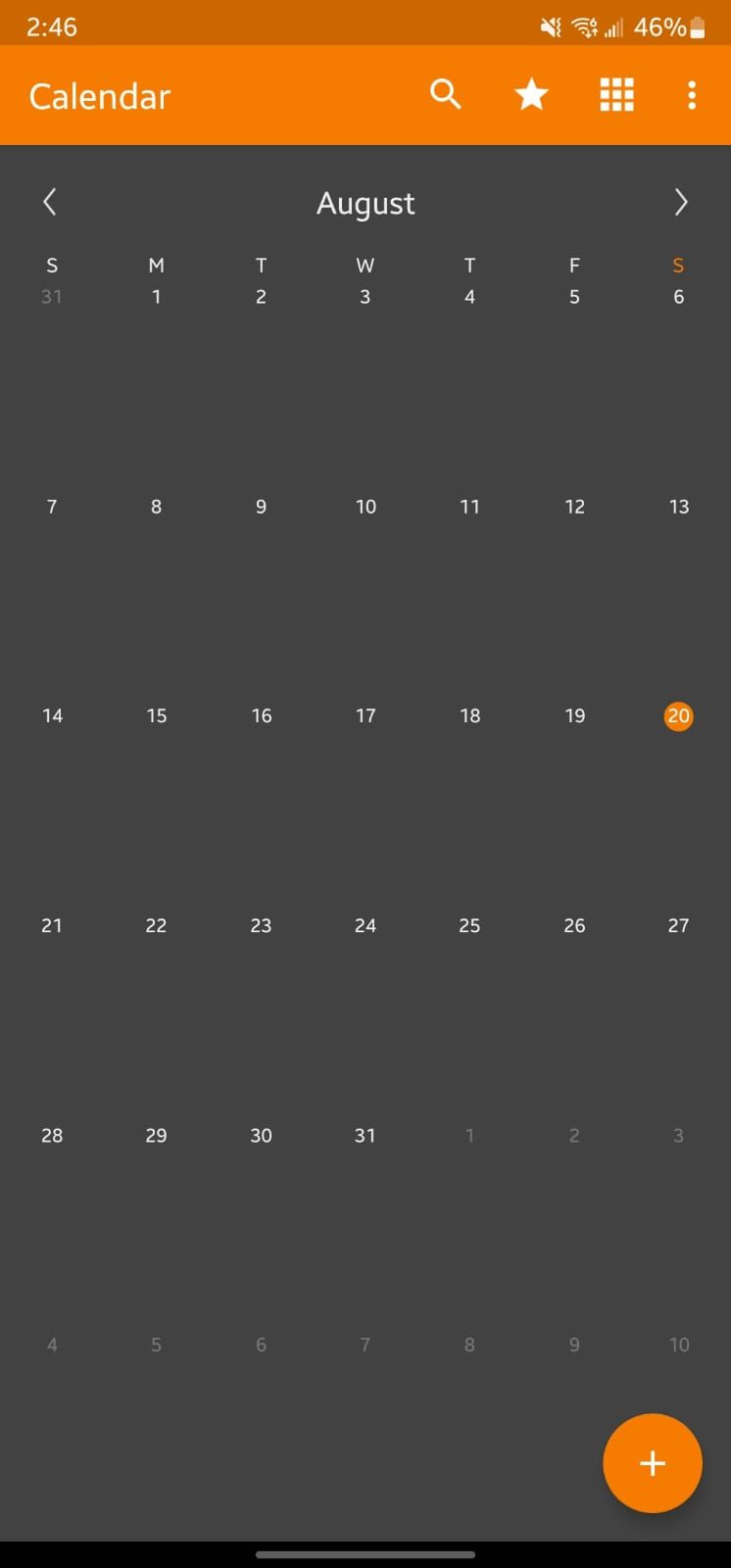
Bloom outlines a taxonomy of thinking that ranges from lower order to higher order thinking, and lists: Knowledge, Comprehension, Application, Analysis, Synthesis, and Evaluation. So, what should you use instead? This is where we look to Benjamin Bloom and Bloom’s Taxonomy 1. Moving forward, we won’t even use that word…. Oh, I’m sure I could make something up but that would be a lie. Looking around the room for nodding heads isn’t good enough. I left it out because when learning is passive, you can’t honestly measure it. Poke my eyes out, please! OK, even if it isn’t that boring, it is still passive.Īs I mentioned, I left out the Degree on purpose. What is involved in understanding something? It is a one-way dialogue with the person at the front of the room, perhaps with a PowerPoint deck, possibly with their back to the learners, and sometimes reading from the deck.

The first thing you may note is the learning objective is passive. I left it out on purpose to demonstrate a point. “The learner will understand the five steps in networking.”Īs you can see, the above learning objective doesn’t include the Degree. Let’s take an example of a learning objective with the dreaded word “understand”. The Condition is the nature to which the behaviour is applied. The behaviour is what you want your audience to do. The Audience is who the learning is directed toward. A well-written learning objective follows the ABCD format, which I’ll only briefly touch on. It should stem from what you learned from your Needs Analysis and it should even connect to any test questions. Does this sound familiar? "At the end of the workshop the learner will understand….” If I’m interviewing an Instructional Designer and I’m looking at work samples, I better not see this in their learning objectives because that is an automatic big ol’ Family Feud “X”.Ī good learning objective tells you what will be covered in the workshop.

There is one word you should never see in a Learning Objective. I know you’ve seen it, but it doesn’t make it right.


 0 kommentar(er)
0 kommentar(er)
